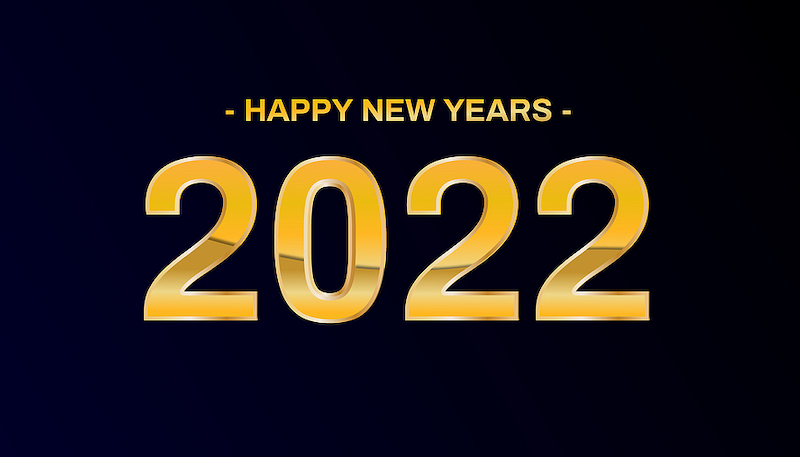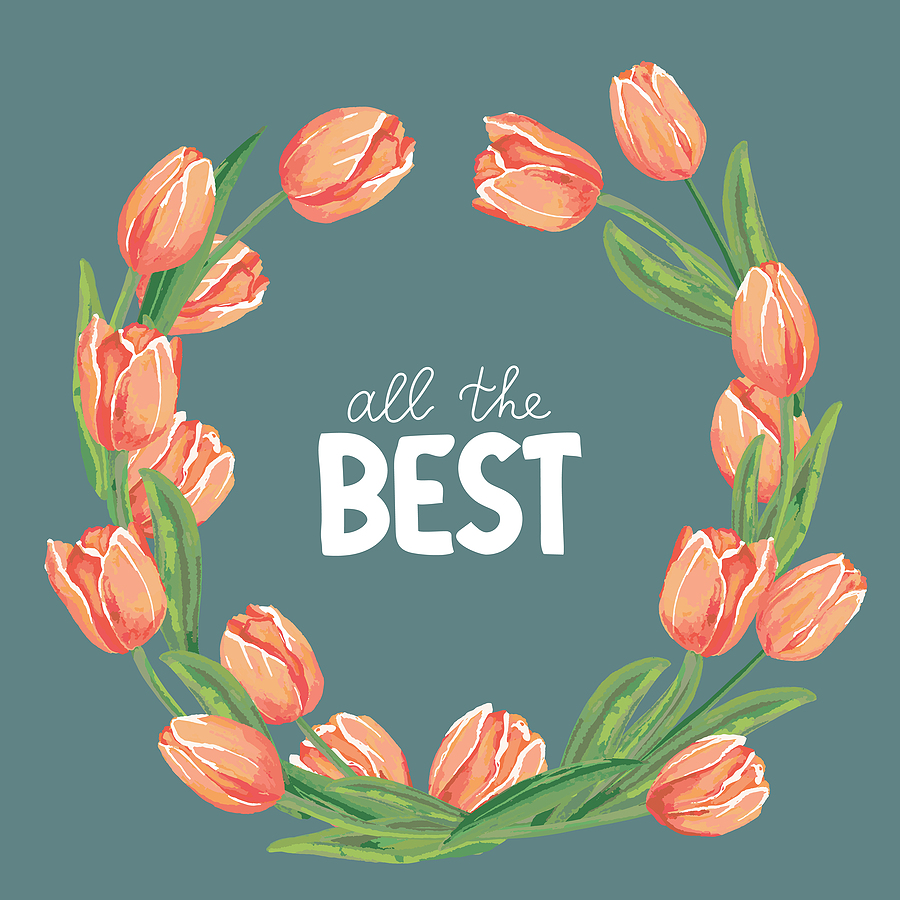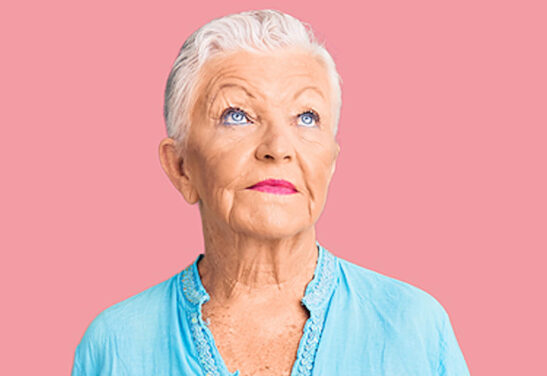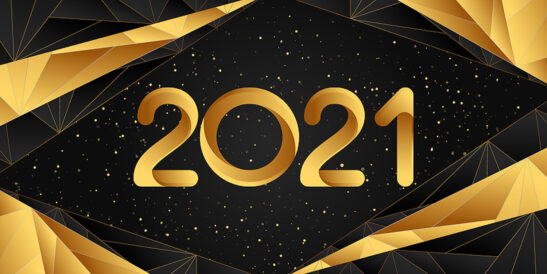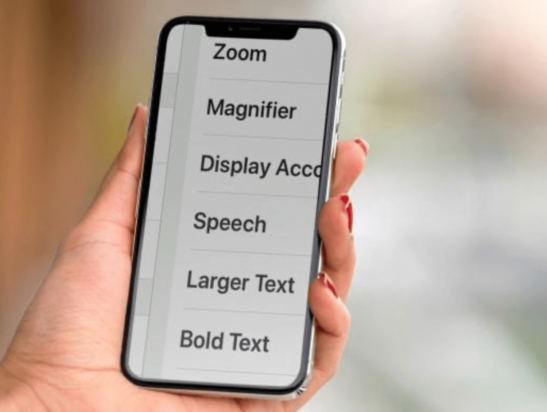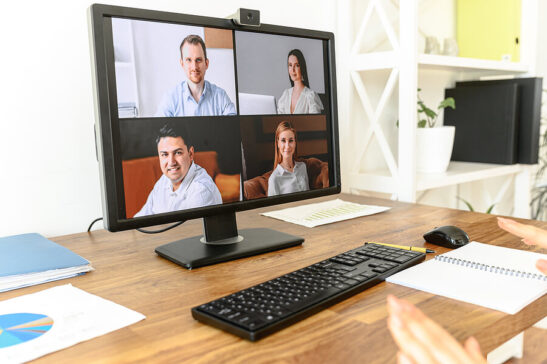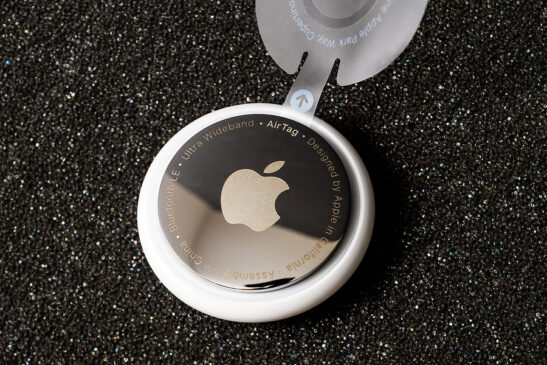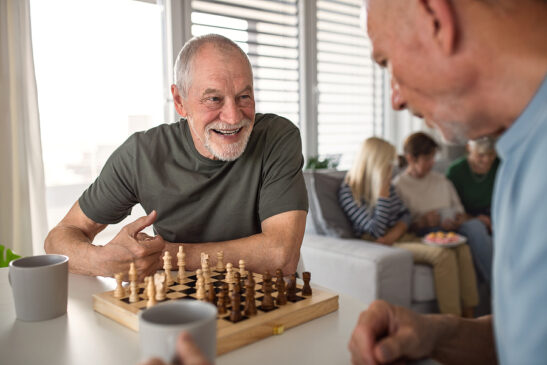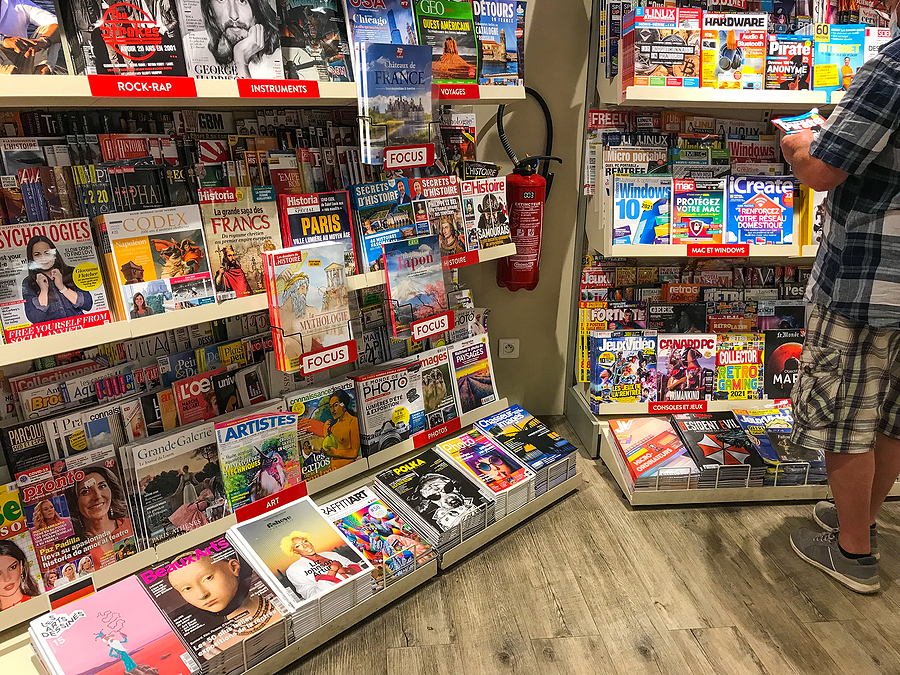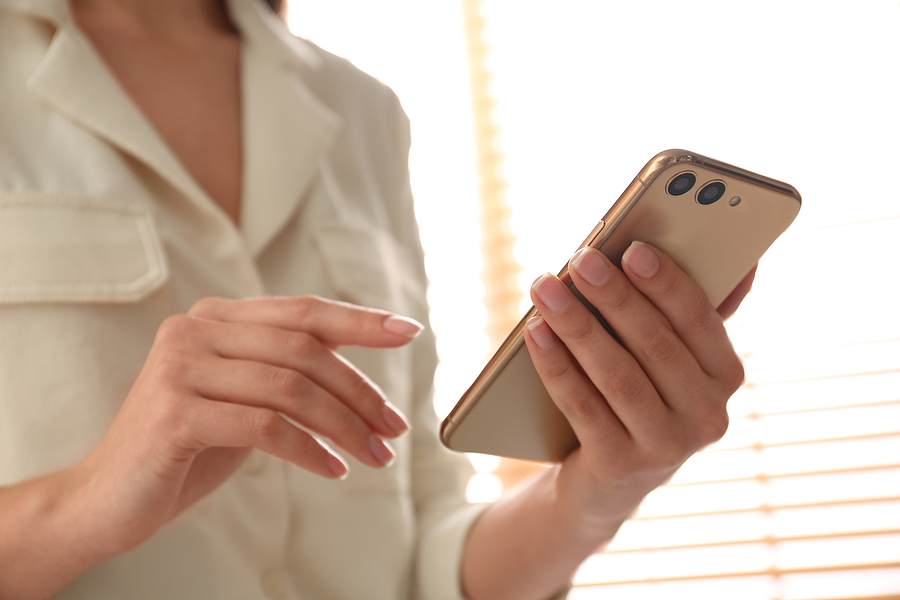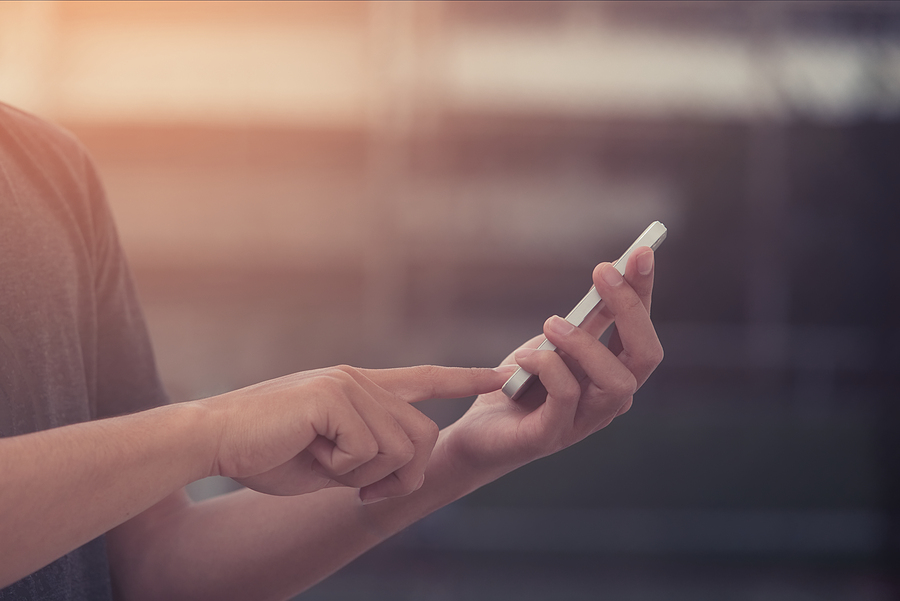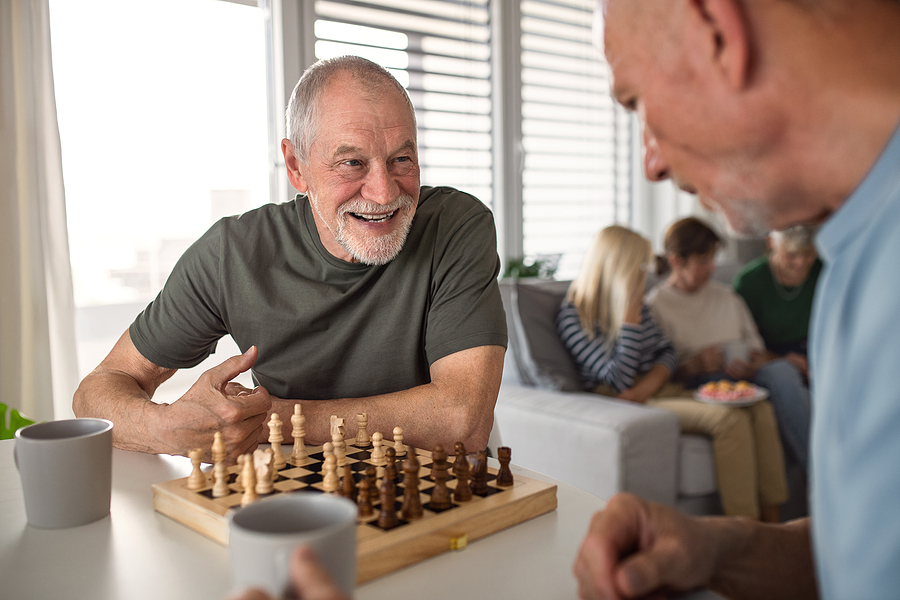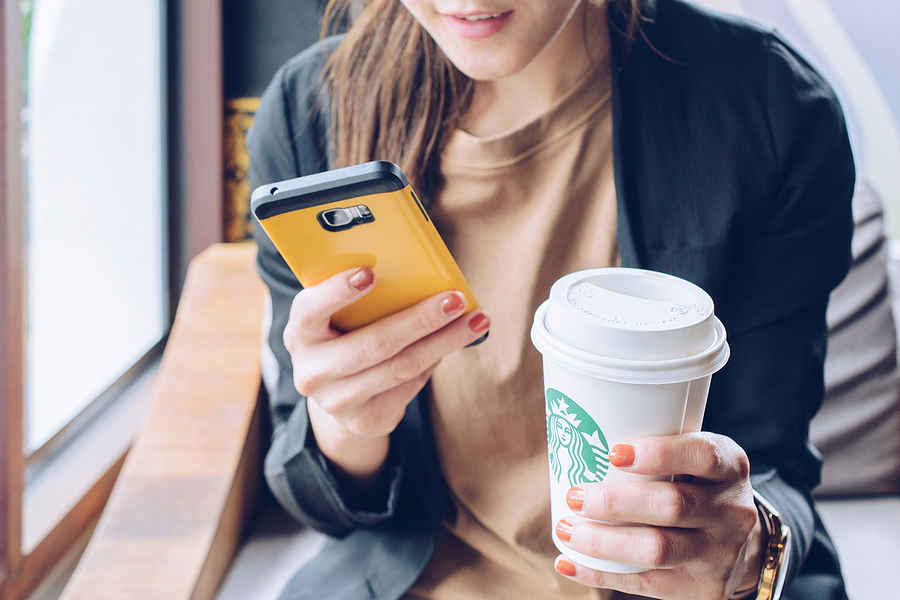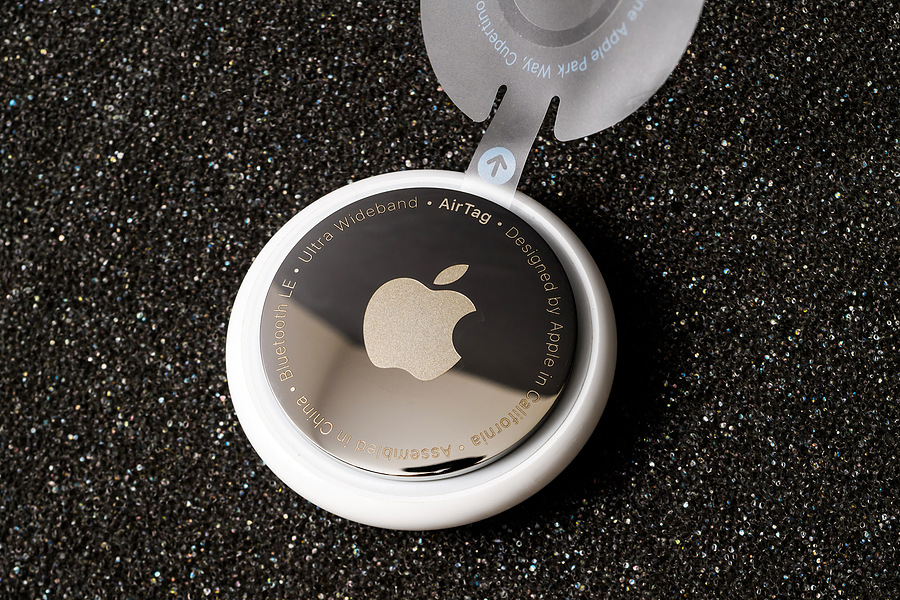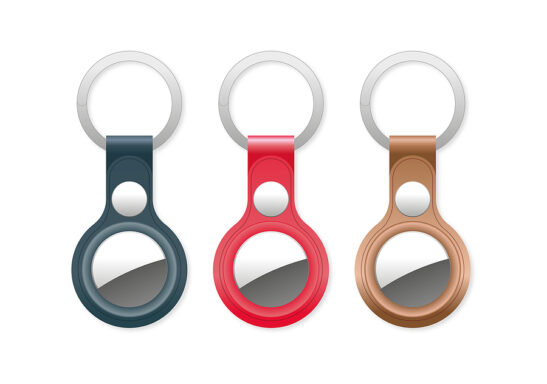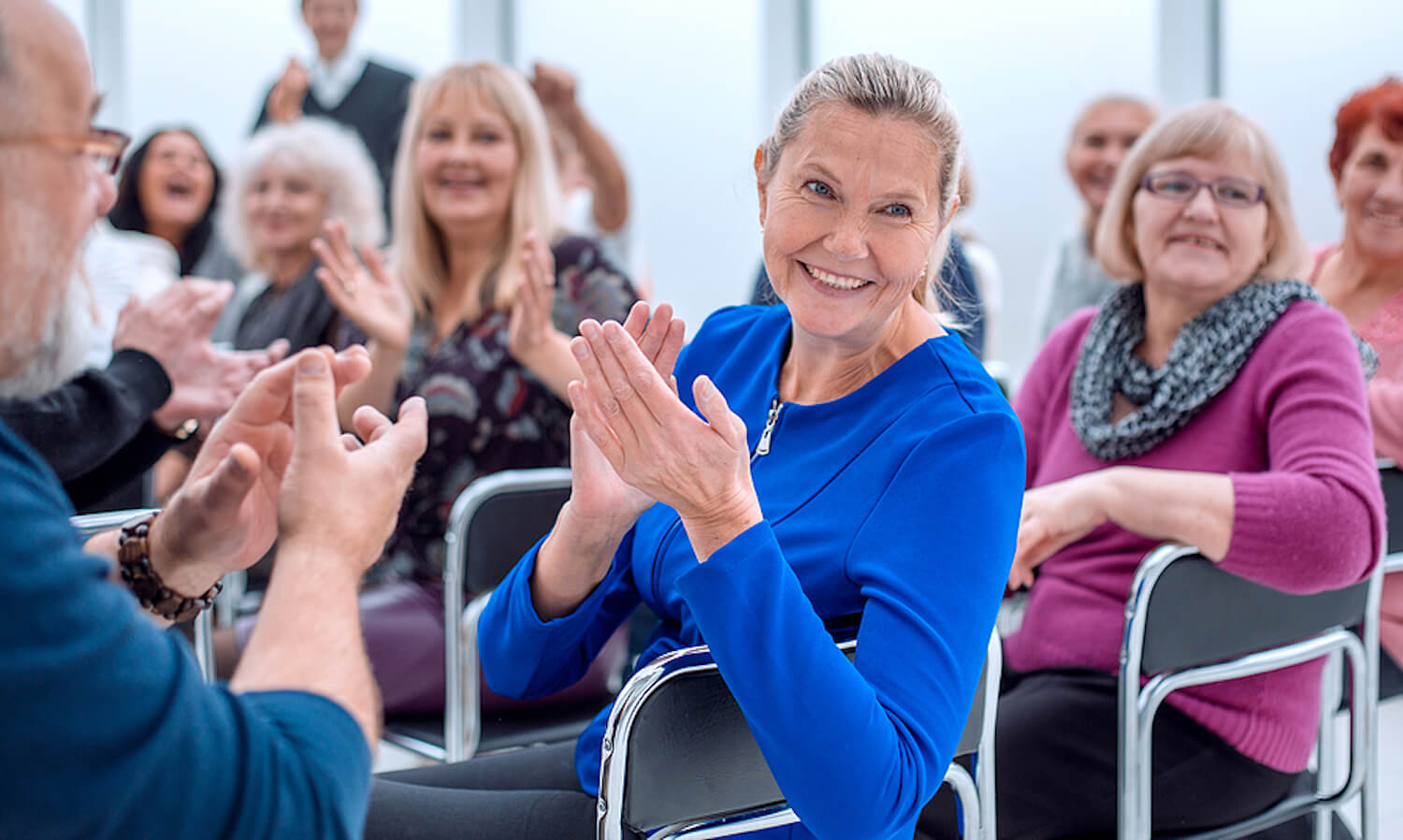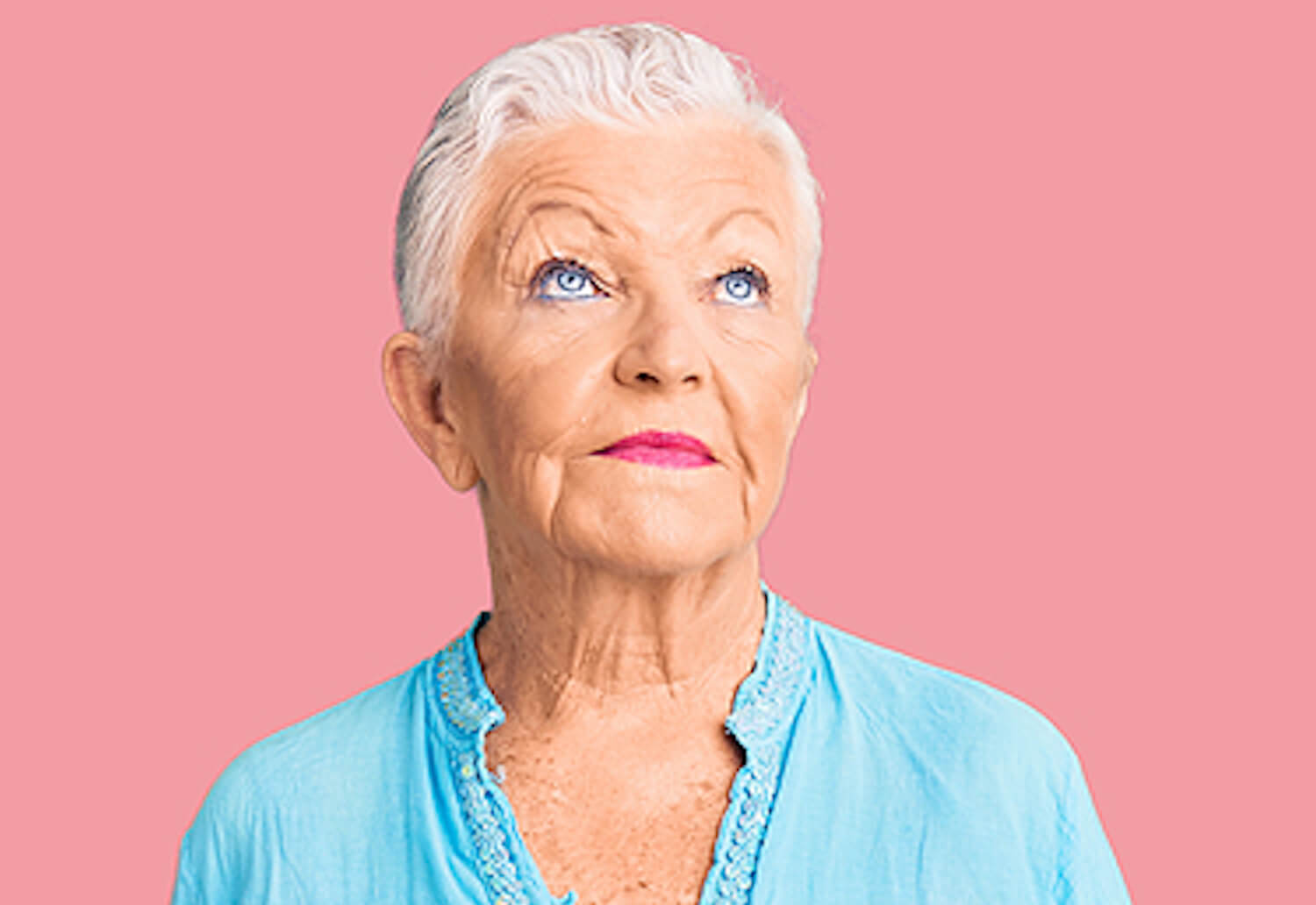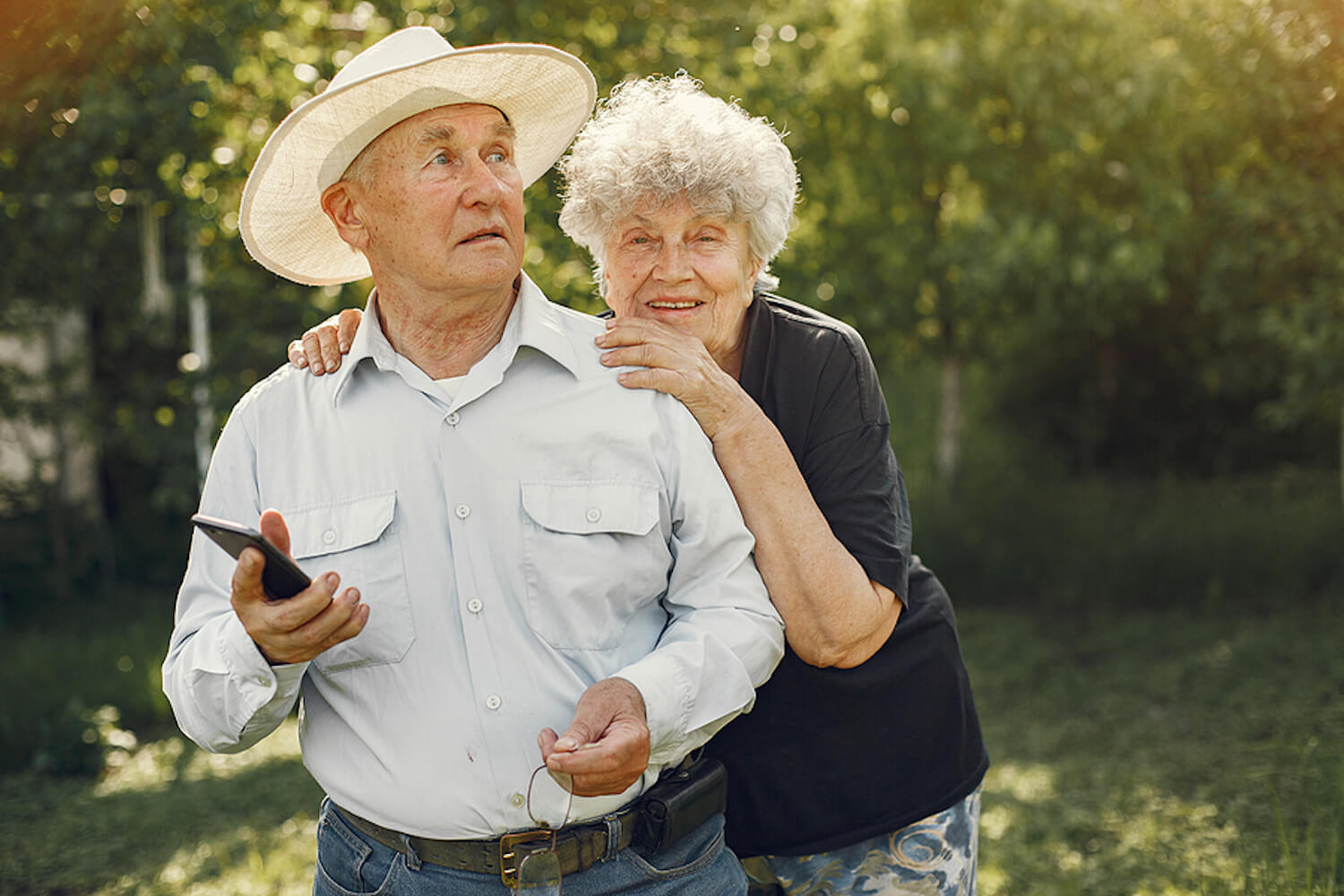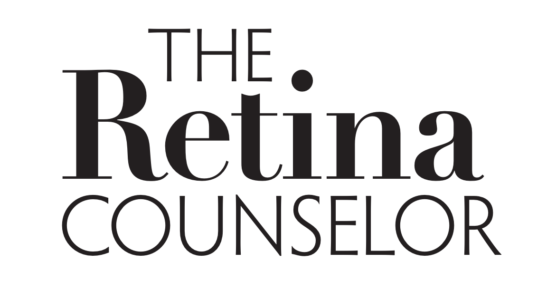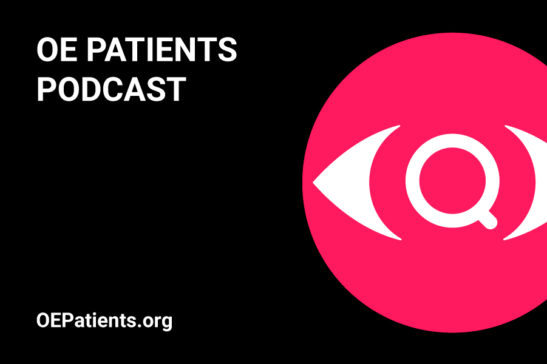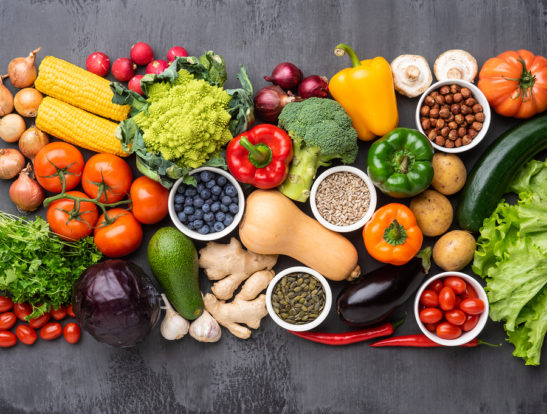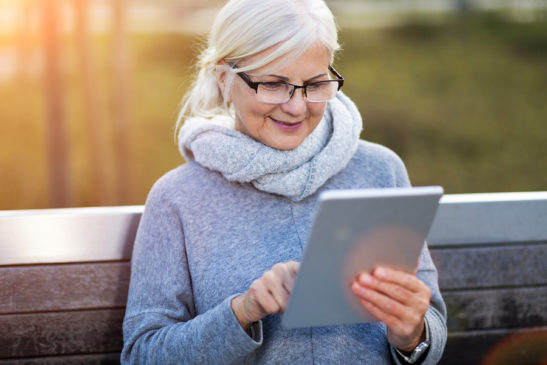Getting to 2022 was no easy feat, so congratulations. On October 2, 2021, I stood on the National Mall surrounding the Washington Monument, in Washington DC, and observed the 700,000 white flags placed in a perfect and seemingly endless formation. Each flag in memory of an American who died of COVID. The powerful sight of this installation ended the next day, but the deaths continued. As of January 19, 2022, deaths have risen to over 857,000.

Image shows white flag memorial installation at Washington Monument on October 2, 2021.
The installation named, “In America: Remember,” was also a powerful reminder of our collective survival. I could not help but think of that as I watched the other living visitors to the massive field of flags, paying respect. Perhaps the best way to celebrate the life we continue is to take care of it. So many aspects of our lives have been affected by the pandemic, whether we contracted the virus or not. Even the luckiest among us is likely to be dealing with some collateral damage. The year ahead is the right time to recognize your need for recovery and make self care a priority.
Life, as we knew it, has been interrupted by the pandemic. In some ways it is strikingly similar to the disruption caused by vision loss. And to be fair, we must acknowledge, dealing with both is a heavy load. If you’re feeling burnt out and exhausted, that would actually make sense.
We can take steps to improve on behaviors that may have suffered under the stress. Here are some thoughts and ideas that might help as you evaluate and recover from your own particular pandemic injury. Begin a new year by taking care.
Help for Your Head.
Mental health and emotional well-being are front and center as we re-acclimate and find our path forward. We must take care of self first, before we can take care of others. Read the OE article linked below for smart steps and stress relieving strategies to help our recovery.
Prioritize Your Emotional Health
Eating Well.
If good eating habits faltered during the pandemic, now is the time to get back to nourishing yourself with healthy food choices. Be mindful about your consumption and remember it’s best to focus on mostly unprocessed foods, including vegetables, fruits, nuts, beans, whole grains, fish and some meats. Keep your plate colorful and predominantly plant-based. The foods that hold age-related macular degeneration at bay, are based on the same Mediterranean diet that promotes heart health.
Think Small.
There’s no sense trying to counter overwhelming change with more overwhelming change, so Keep the corrections small, even tiny. In the OE article linked below I recommend the bite size approach to productivity, while utilizing the 1-minute rule, micro learning and exercise snacks.
Exercise, Sleep, Learn, Connect.
The same practices, behaviors and habits that keep your brain sharp are major players in your overall health and well-being. Exercise daily, keep learning, sleep well and stay socially connected — it is key to maintaining cognition.
6 Ways to Keep Your Mind Young
Have Fun.
Don’t underestimate the importance of fun, it feels good and it’s good for us. Prioritize the people and activities that are most likely to create playfulness, connection and flow in your life on a regular basis. Read more on this subject from Catherine Price in The New York Times.
Why We All Need to Have More Fun
